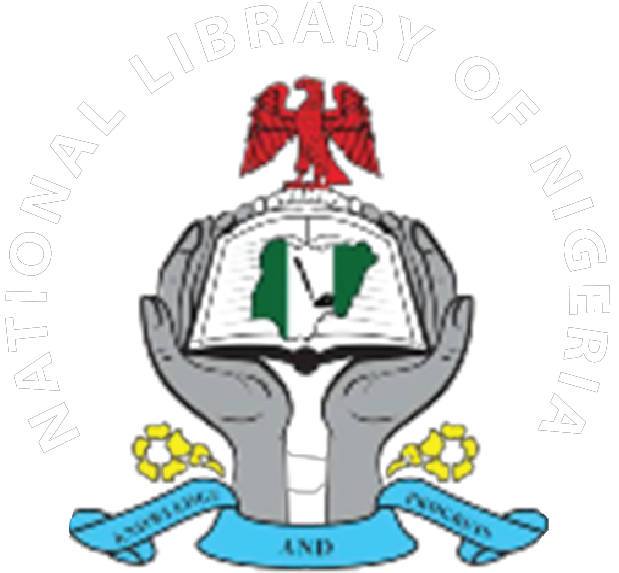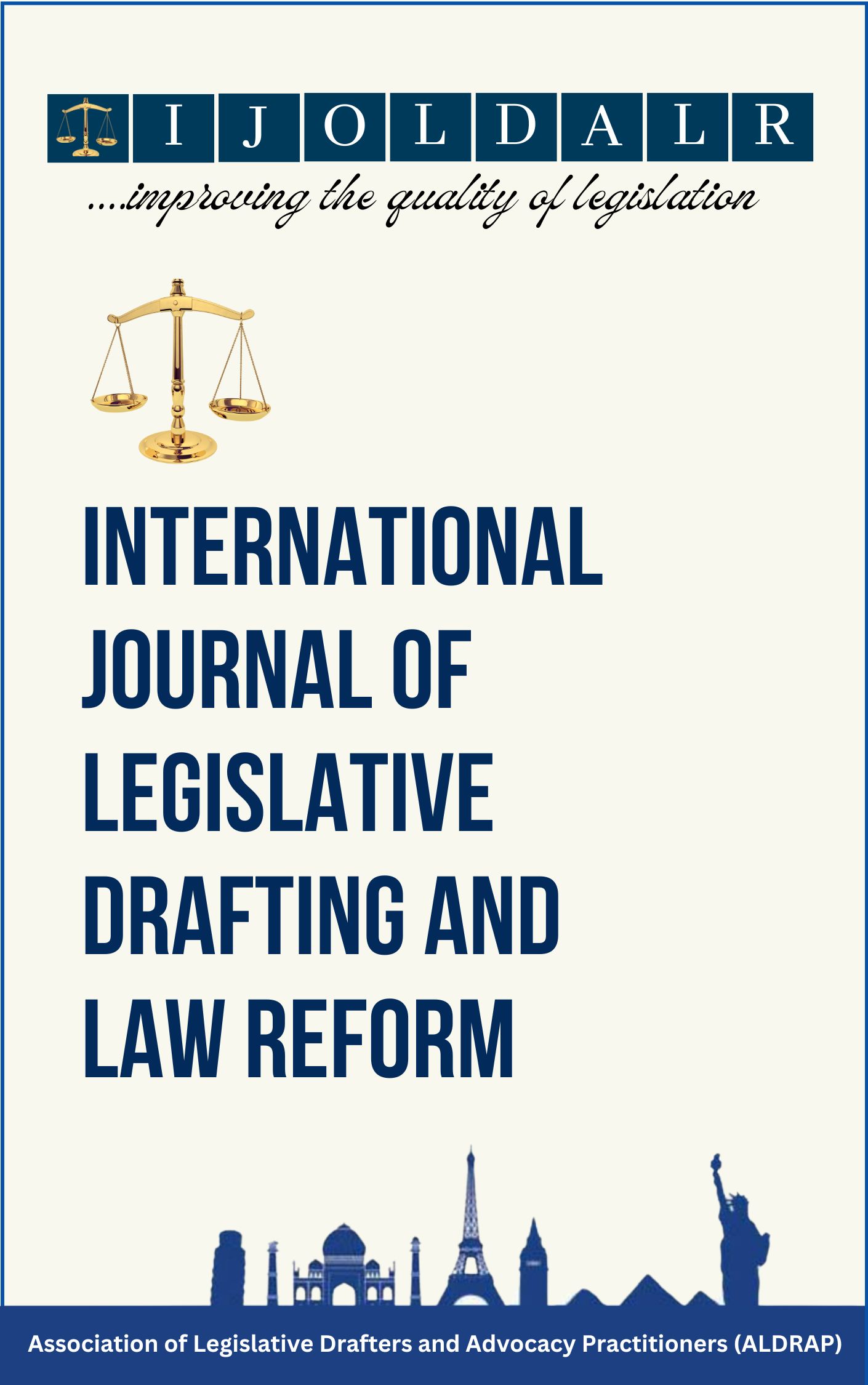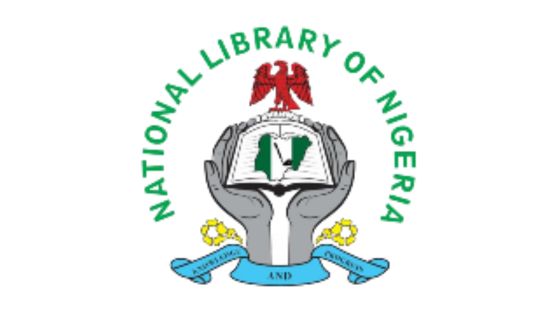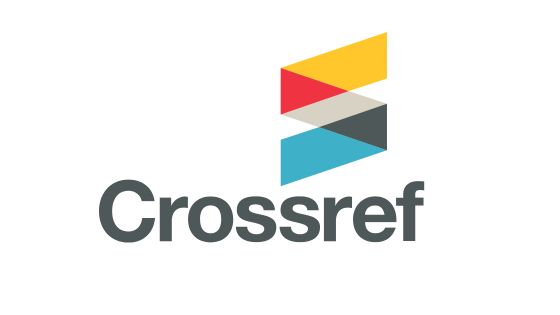Abstract
Legislative draftinghas been definedas “the art of converting legislative proposals into legally sound and effective law”. This is a universally applicable definition. No matter in which jurisdiction the drafter is working, his or her objective is the same. The drafter will receive written instructions setting out the proposal in some detail. The extent of the detail varies depending on the nature of the proposal and the thoroughness of the official who prepares the instructions. The drafterthen sets to work to prepare a first draft. In doing so the drafter may seek further instructions either in writing or in the course of a conference with the responsible department. Further or revised instructions may be given after the first draft has been reviewed by the responsible department. A second draft is then prepared and a similar process is followed which may result in the preparation of multiple drafts. Finally, the point will be reached where the drafter is satisfied with the draft and, importantly, the responsible departmentis satisfied that it adequately gives effect to their instructions.
Legislative drafting is a skilledart and to carry it out effectively the drafter must be adequately trained. Across common law jurisdictions at least, the main method by which drafters are trained is through an apprenticeship model. A drafter will be paired with a senior drafter who will provide basic instruction and give feedbackon the junior's drafts. This may be supplemented by in-house written materials or a tailor-made in-house training course. There are also, of course, various textbooks on drafting techniques available. Further, the junior drafter may be able to participate in various formal courses on offer across the world.



 National Library of Nigeria
National Library of Nigeria.jpg) Association of Nigerian Authors
Association of Nigerian Authors Nigerian Library Association
Nigerian Library Association EagleScan
EagleScan Crossref
Crossref